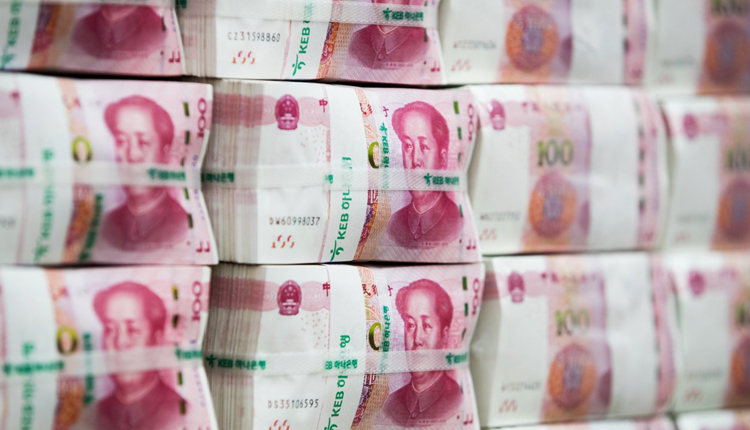The Chinese yuan dropped in offshore trade and the Australian dollar slipped on Wednesday on a report the U.S. administration will propose raising its planned tariffs on $200 billion Chinese imports to 25 percent.
The yen gained slightly on the news although the Japanese currency stayed on the defensive after the central bank pledged to keep rates low for an extended period of time while deciding to be more flexible in its yield curve control.
The yuan dropped 0.35 percent in early trade to 6.8271 per dollar after Bloomberg reported on Washington’s new tariff plans, which would heighten trade tensions with China.
The Australian dollar also dipped 0.15 percent in sympathy to $0.7417.
The U.S. dollar dipped 0.1 percent against the yen to 111.74 though it still maintained a large part of its 0.73 percent gains made on Tuesday following the BOJ’s forward guidance on rates.
The BOJ said it would keep long-term and short-term interest rates for an extended period of time, taking into account consumption tax hike planned in October 2019, leading traders to think any hikes will be off the table at least until then.
BOJ Governor Haruhiko Kuroda said the central bank would allow the 10-year Japanese government bond to trade 0.2 percentage point away from zero percent, compared to just 0.1 percentage point in the past.
But analysts say Japanese bond yields are likely to stay low in the near-term, capping the yen.
“The market may eventually test 0.20 percent but at the moment, because the BOJ has bought a large amount of JGBs in recent special operations, market players don’t have JGBs to sell even if they want to,” said Yukio Ishizuki, senior strategist at Daiwa Securities.
“With the BOJ out of the way, we don’t have reasons to buy the yen. I expect the yen to test this year’s low around 113 yen to the dollar,” he added.
On the other hand, solid U.S. economic growth is likely to keep the U.S. Federal Reserve on track for another two hikes this year as it concludes its policy meeting on Wednesday.
U.S. consumer spending increased solidly in June as households spent more at restaurants and on accommodation.
The core PCE index, the Fed’s preferred inflation measure, rose 1.9 percent from a year earlier for a third straight month, near the Fed’s two-percent inflation target.
Sterling stood little changed at $1.3116 ahead of a Bank of England policy meeting this week on Thursday, at which markets are now pricing in a near-90 percent chance of a 25 basis points rate rise.
Canadian dollar hit 1-1/2-month high of C$1.2980 per dollar the previous day on strong local economic data and possible easing of global trade tensions.
Canada’s economy grew by 0.5 percent in May, the biggest rise in a year, as industries recovered from a combination of bad weather and maintenance shutdowns in April, Statistics Canada said.
Mexican presidential winner Andres Manuel Lopez Obrador said on Tuesday that he expected there would be an agreement in the renegotiation of the North American Free Trade Agreement (NAFTA) in the coming days.
The Canadian dollar traded at C$1.3020, down 0.1 percent on the U.S. tariff report.
The Mexican peso changed hands at 18.634 to the dollar, near Monday’s three-month high of 18.498.
Source: Reuters
